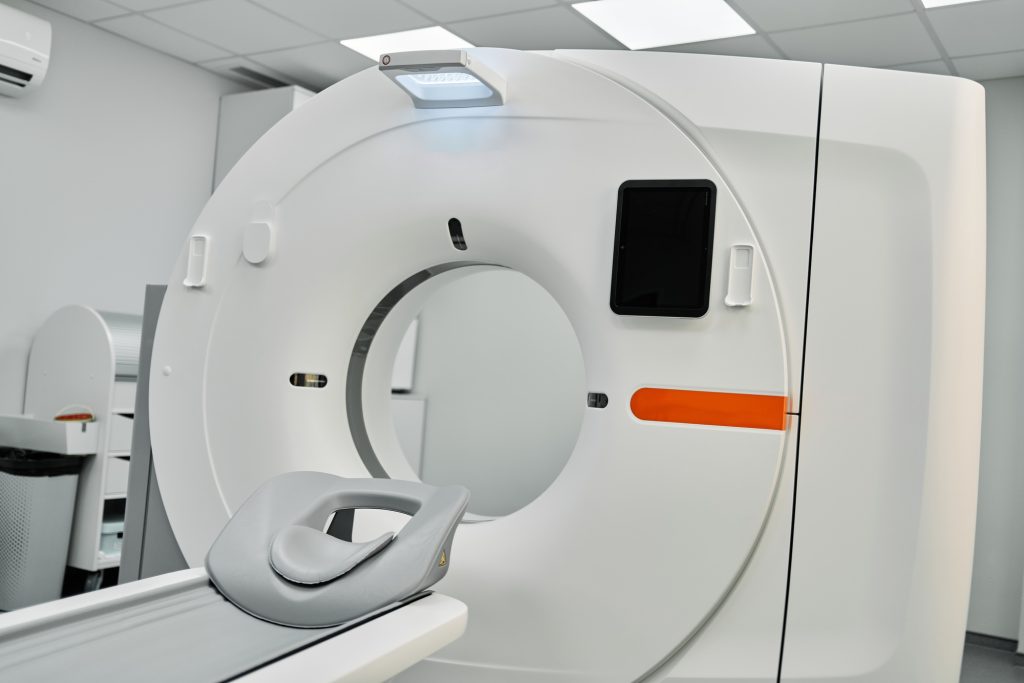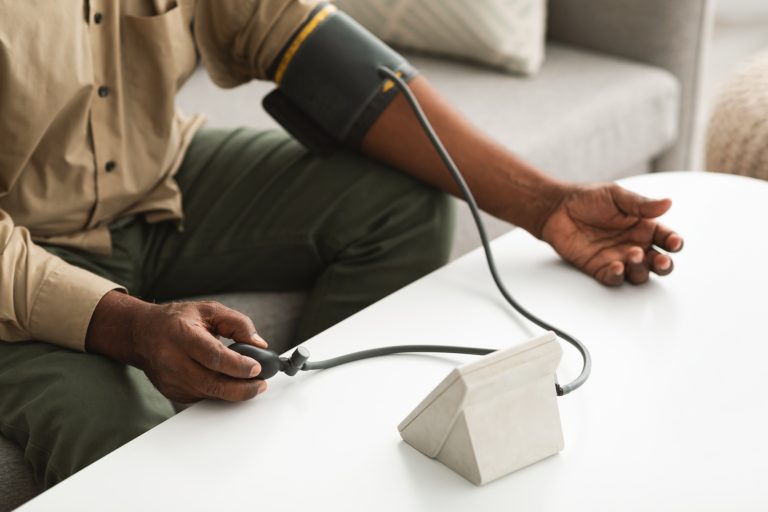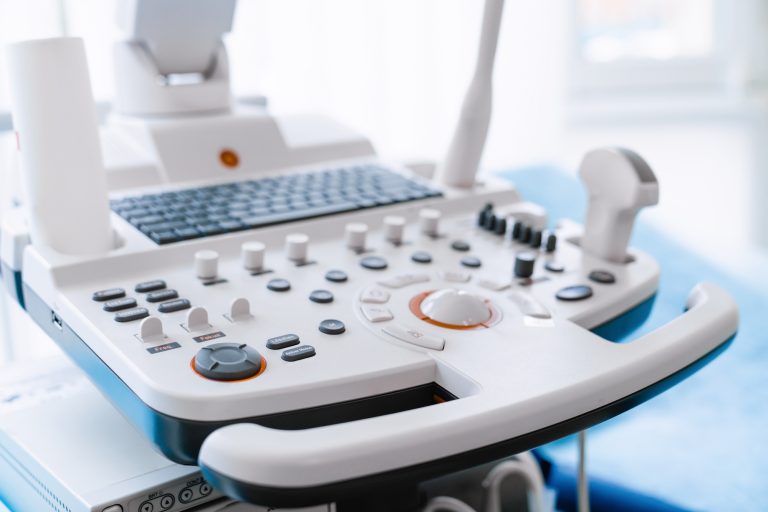MRI scans are essential for diagnosing various medical conditions, but for some patients, the experience can be daunting. Traditional MRI machines, known as closed MRIs, feature a tube-like design that can make patients feel confined. Open MRIs, on the other hand, offer a more spacious alternative, reducing anxiety for claustrophobic individuals and accommodating larger patients. Understanding the differences between these two options can help patients select the most suitable scan.
Closed MRIs are the most common type and provide the highest image quality due to their stronger magnetic fields. They are preferred for detailed scans of the brain, spine, and joints, where precision is critical. However, the enclosed structure can be uncomfortable for some patients, requiring the use of sedatives or alternative scanning methods.
Open MRIs, with their more open design, significantly reduce feelings of claustrophobia. They are also beneficial for pediatric patients, allowing parents to stay close by for reassurance. The downside is that open MRIs often have lower magnetic field strength, leading to slightly less detailed images compared to closed MRIs. Despite this, advancements in technology have improved image quality, making open MRIs a viable option for many diagnostic needs.
When choosing between open and closed MRI, patients should consider factors like comfort, scan quality, and medical necessity. Consulting with a radiologist can help determine which type best meets their diagnostic and personal comfort needs.






